
What Are Mustelids?Mustelids (family Mustelidae) form one of the most diverse and widespread carnivore families on Earth. With 57 living species, they range from tiny least weasels to bulky badgers and semi-aquatic otters. Mustelids occupy nearly every continent (except Australia and Antarctica) and...

When it comes to fierce and resilient animals, the wolverine tops the list. This powerful, solitary mammal is a true marvel of nature. Known for its strength and tenacity, the wolverine (Gulo gulo) is one of the most fascinating creatures in the wild. Let’s dive into everything you need to know abo...

Sea Otter (scientific name: Enhydra lutris) is also known as Sea Otter in foreign languages. There are 3 subspecies.Sea otters are good at diving, often diving to 3-10 meters, and sometimes diving to 50 meters deep to find food. They rarely move on land and never go far from the coast. Compared with...

The Zaire small-clawed otter is also known as the Congo small-clawed otter (Aonyx capensis congica) and the Cameroon clawless otter. It is a subspecies of the African small-clawed otter. Its habits are unknown. They are threatened by habitat loss.Listed in Appendix I, Appendix II and Appendix III of...
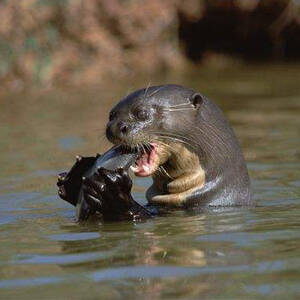
Giant Otter (scientific name: Pteronura brasiliensis) is also known as Giant Otter in English. There are 2 subspecies.Giant otters usually move in family units during the day, usually 5-9 individuals, and rarely move alone. They usually feed on larger fish, and also prey on snakes or small crocodile...

Peruvian Otter (scientific name: Lontra felina) is also known as chungungo and Marine Otter. There are no subspecies.When not breeding, Peruvian otters are mostly solitary animals. When found in groups, the group size rarely exceeds 2-3 individuals. Activity is usually diurnal, with peak activity oc...

Long-tailed Otter (Lontra longicaudis) They seem to prefer clear rivers and are less likely to be found downstream in turbid waters. They are solitary and feed mainly on fish and crustaceans. They are protected under Appendix I of the Convention on International Trade in Endangered Species of Wild F...

The Chilean otter (scientific name: Lontra provocax) is a semi-aquatic mammal.The Chilean otter is nocturnal and is good at swimming and diving. It can stay underwater for 2 minutes at a time. They catch fish as fast as a cat catching a mouse. Before catching, they often lie in wait on rocks by the...

North American River Otter (scientific name: Lontra canadensis) is also known as North American River Otter in foreign languages. There are 7 subspecies.North American River Otters generally live in pairs, and sometimes form family units. It is a highly active animal. As long as it is not sleeping,...

Honey badger (scientific name: Mellivora capensis) English Honey Badger, Ratel, French Blaireau à miel, Ratel, German Honigdachs, there are 12 subspecies.In the southern region of the Kalahari Basin, adult male honey badgers have an average home range of 541 square kilometers, while adult female ho...
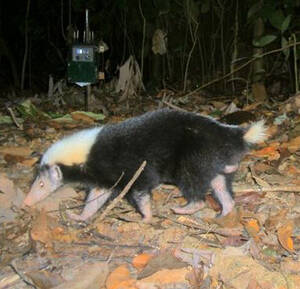
The Sunda stink badger (Mydaus javanensis), also known as the Indonesian stink badger, lives on the islands of Borneo, Java, and Sumatra. It is a carnivore.The Sunda stink badger is an animal that humans should avoid: like its close relative the skunk, the Sunda stink badger will spray a foul-smelli...
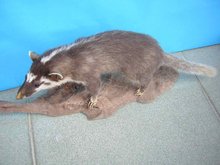
The Javan ferret badger's scientific name is Melogale orientalis, and its foreign name is Javan ferret badger. It is an animal of the genus Ferret badger.The Javan ferret badger inhabits forests, shrubs, and trees. It lives in self-excavated tree holes or rock caves. It only goes out to hunt in...
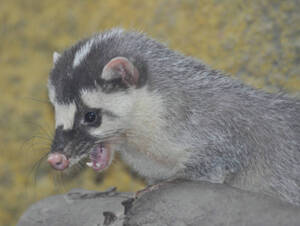
The ferret badger (scientific name: Melogale moschata) is known as Chinese Ferret-badger and has 7 subspecies.Ferret badgers are nocturnal. They come out in pairs after dark and return to their burrows in the early morning. Individual activities and foraging can last until dawn. They usually live in...
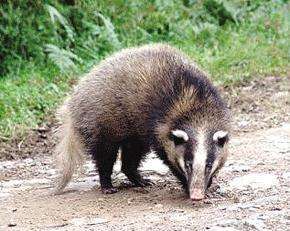
Hog Badger (scientific name: Arctonyx collaris) is also known as Hog-Badger in English. There are 6 subspecies.Hog Badger likes to live in caves, digging caves in barren hills, roadsides, ridges, etc., and also invading the caves of other animals. The structure of the cave is relatively simple, with...

Badger (scientific name: Meles meles) is also known as Eurasian Badger. It is a large-bodied species in the Mustelidae family and has 14 subspecies.Badgers are most active in spring and autumn, usually starting at 8-9 pm and returning to their dens around 4 am. When leaving the cave, it slowly tries...
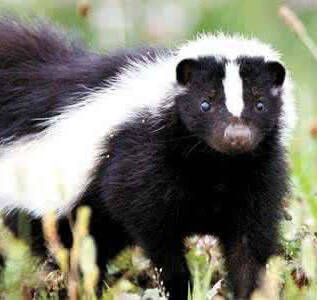
The white-necked weasel (scientific name Poecilogale albinucha) is a small carnivore. It is smaller than the honey badger. The important thing is that it has a white neck, which is very similar to the "white hair" of the honey badger. In addition, the back of the white-necked weasel is als...
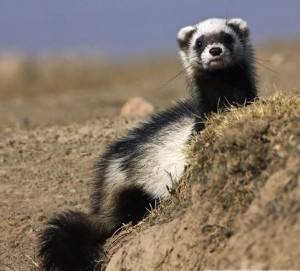
The African sagebrush (scientific name Ictonyx striatus), also known as zorille, usually lives alone and hunts at night. The African sagebrush is an aggressive and territorial animal. It usually marks its territory with feces and anal scent gland spray. The spray released by the odor glands can cove...
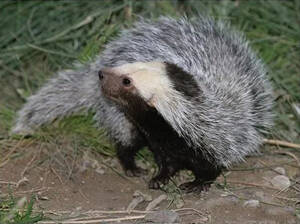
The grassland weasel (scientific name Lyncodonpatagonicus), also known as the Patagonian weasel, is a genus of the Mustelidae family in the order Carnivora, living on the Pampas in South America. Its specific habits are unknown.Local ranchers keep prairie ferrets as working pets (similar to cats and...
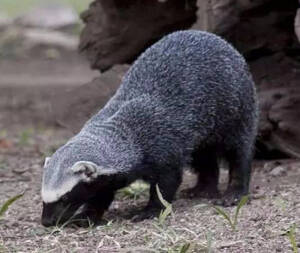
The scientific name of the Great Nest Weasel is Galictis vittata. The Great Nest Weasel is territorial and nocturnal, and is sometimes active in the morning. It can climb trees and swim, but rarely does it and spends most of its time on the ground. They live alone or in pairs and mainly eat small ve...

Galictis cuja, like most species, is active at night or at dusk, though some also forage during the day. Many species use burrows dug by themselves or by other animals as their nests. Many are primarily terrestrial, and their slender bodies allow them to burrow into burrows to hunt, while some speci...